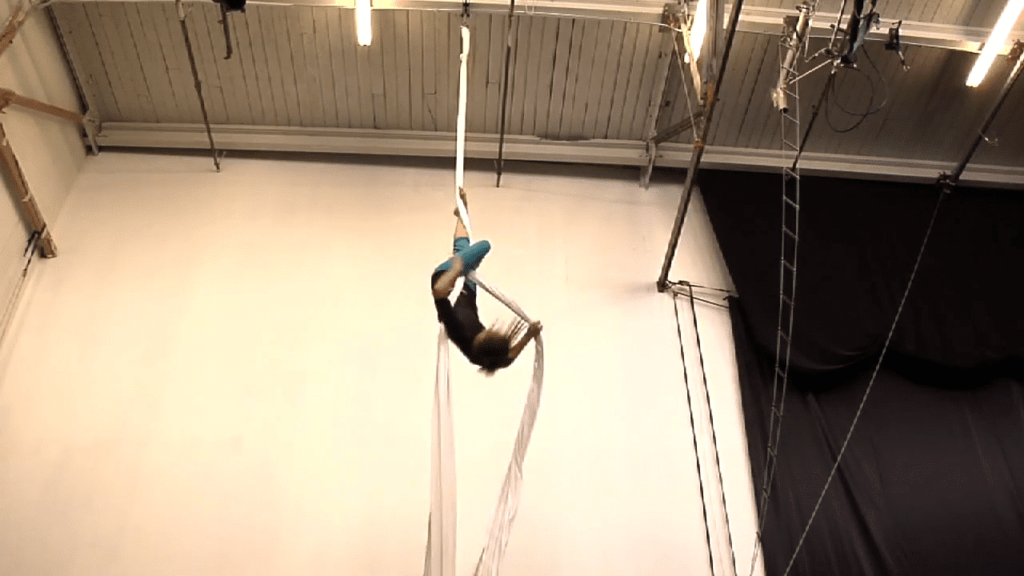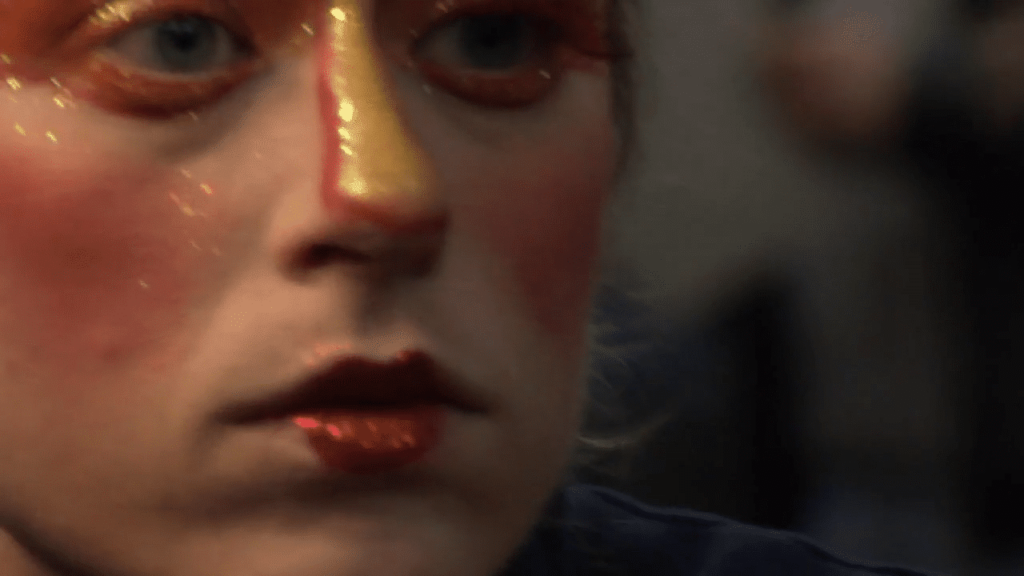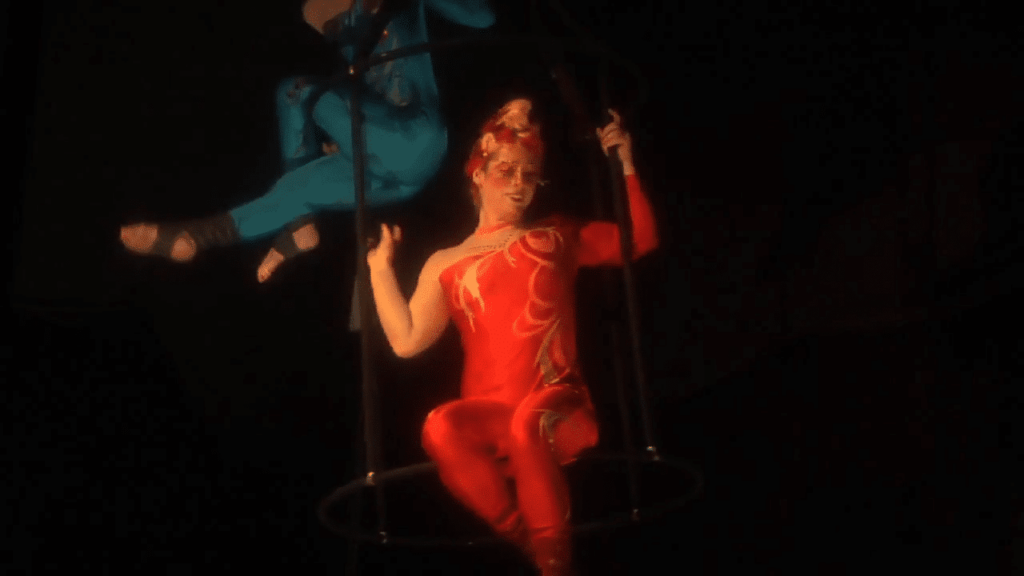
Famous circus performers don’t let fear stand in their way
Some famous trapeze artists worry about breaking bones. On the other hand, another has an internal mechanism, a switch that turns on at certain heights and says you can do it. For Sarah Swanson fear is real. She admits that she is actually afraid of heights.
When they are high up in the air practicing trapeze art they must focus on what they are doing. Certainly, they can not think of anything else because their life depends on it.
Above all, these everyday heroes message is to follow your dream. To sum up, not give up or let fear stand in your way.


Another trapeze artist, Sarah Scanlon’s, definition of fear is of the “committee that sits on your shoulders and tells you that you can’t do something and you tell that voice to be quiet and do some push-ups!!!!.”
All of the aerialists do not seem to feel they have limits so they push themselves and feel it is part of the fun.

Flying circus artists have words to live by
Aislinn Mulligan’s definition of fear is “All things you haven’t done yet. Not dying would be good. There are things that are dangerous but that’s how I like to live my life,” the trapeze artist stated.
“I like to do things that push me, challenge me, that scares me. So I don’t really experience fear as a negative thing, I experience it as a positive, thrilling thing.”
But, for Alisabeth Gifford, a trapeze artist, it is quite a different circus story. She is afraid frequently. She relays that she knows that it isn’t a good thing for a circus aerialist to say.
Alisabeth is afraid when she makes a mistake on the trapeze. Therefore, she doesn’t know exactly where she will be caught. As a result, the trapeze artist learns to trust her teammates.
To her though, her art form represents a quality of life. Her specific expertise is in telling a story and by using her strength and body to tell it.

The video above was made for a 72 hour International Film Festival. This circus story goes behind the scenes with the aerialists and trapeze artists of a flying circus (a flying exhibition team) to ask famous trapeze artists and circus performers what their biggest fears are.
There are several different types of flying circuses emphasizing different aspects of the art. There are the “showy styles”, and the more self-expressive, story-telling circus styles.
So, are the aerialist afraid of flying in the air, way above the ground? What keeps them focused? For all circus trapeze artists, barophobia must be overcome.
